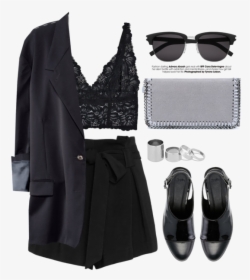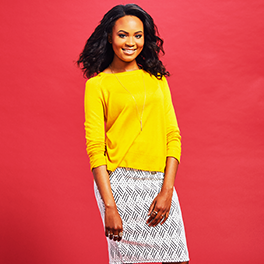The idea of unmentionables as outwardly engaging underwear was created during the late nineteenth 100 years. Woman Duff-Gordon of Lucile was a trailblazer in creating unmentionables that liberated ladies from additional prohibitive bodices. Through the main portion of the twentieth hundred years, leather lingerie wore clothing for three essential reasons: to modify their outward shape (first with bodices and later with supports or brassieres), for clean reasons, and for humility. Before the innovation of crinoline, ladies’ clothing was frequently extremely huge and massive. During the late nineteenth hundred years, bodices decreased, not so much cumbersome, but rather more tightening, and were progressively displaced by the brassiere, first protected in the twentieth hundred years by Mary Phelps Jacob. At the point when WWI broke out, ladies ended up filling in men’s work jobs, spurring interest in additional useful underpants. Makers started to utilize lighter and more breathable textures.
In 1935, brassières were refreshed with cushioned cups to compliment little bosoms and after three years underwire bras were presented that gave a jutting bustline. There was likewise a re-visitation of a little midriff accomplished with support. The 1940s lady was slender yet had well-proportioned hips and bosoms that were sharp and shapely. During the 1960s, the female outline was freed alongside friendly mores. The look was juvenile bosoms, thin hips, and outrageous slimness. André Courrèges was quick to make a design proclamation out of the young culture when his 1965 assortment introduced male/female figures and the picture of a cutting-edge lady OK with her own body. As the twentieth century advanced, clothing decreased and more structure-fitting. During the 1960s, underwear producers, for example, Frederick’s of Hollywood start to glamorize undergarments. The underwear business extended in the 21st 100 years with plans that served as outerwear. The French allude to this as ‘dessous-dessus,’ meaning something much the same as innerwear as outerwear.
Market Construction

The worldwide unmentionables market in 2003 was assessed at $29 billion, while in 2005, bras represented 56% of the undergarments market and briefs addressed 29%. The US’s biggest undergarments retailer, Victoria’s Confidential, works solely in North America, however, the European market is divided, with Win Global and DB Clothing overwhelming. Likewise unmistakable are French unmentionable houses, including Chantelle and Aubade. In Walk 2020 The Watchman detailed a pattern for male unmentionables on the catwalk and expectations with respect to its probability of effectively reaching out to the high road design stores.
Historical underpinnings
The word unmentionables is a word taken straightforwardly from the French language, meaning underpants, and utilized only for additional lightweight things of female underpants. The French word in its unique structure gets from the French word linge, signifying ‘material’ or ‘garments’. Casual utilization proposes outwardly engaging or even sexual dress. Albeit most unmentionables is intended to be worn by ladies, a few makers presently plan underwear for men. Underwear dresses were vigorously improved and intended to seem to be a Rule period chemise gown. The dresses highlighted full skirts, pullovers, and sleeves of fluctuating lengths. They were most frequently white, yet not always. The dresses could likewise be worn over various shaded outfits or slips, extending a lady’s wardrobe. The dresses were named “unmentionables” to underscore the delicacy and slimness of the dresses, not to recommend unmentionables as an undergarment. The sheerer the unmentionable dress, the better. The dresses were made of different textures, including material, cotton, or silk, and portions of the dress were transparent to uncover the slip or outfit worn underneath.


